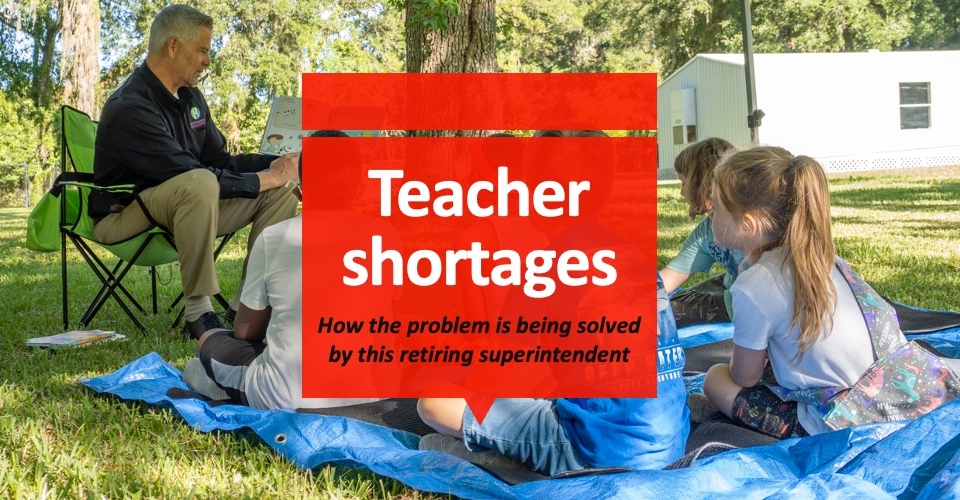Creating and sustaining a strong teacher pipeline is more important than ever, which is why colleges and K12 school districts are experimenting with apprenticeships, teacher residencies and similar strategies. The question is, what makes an effective program?
The Pathways Alliance, a coalition of K12 and higher education organizations dedicated to supporting diverse and inclusive educator preparation pipelines, recently shared a comprehensive list of 14 teacher apprenticeship programs along with explanations and insight into each initiative. We’ve selected three examples to share with you, but you can click here to view the complete report.
Ector County ISD
Texas’ Ector Couty ISD recently approved its Registered Apprenticeship Program for Teachers, the latest “transformative step” designed to meet the rural school districts’ needs. Apprentices work with experienced educators for an extended period to gain essential skills.
One of the most crucial pieces to this initiative is the financial support it offers. Apprentices’ full tuition and fees are covered, allowing them to earn a bachelor’s degree without the financial burden. Additionally, they receive a paycheck while gaining experience with the district.
“This initiative not only elevates the standard of teacher training but also represents a significant advancement in ECISD’s ongoing efforts to recruit, retain and reward top-quality educators,” the document reads.
Missouri State University
This university is home to the Pathways for Paraprofessionals Registered Apprenticeship Program, a unique opportunity tailored to special education. The program prioritizes practical experience, mentorship and a thorough understanding of special education practices.
Most notably, the program promises flexibility, allowing paraprofessionals to enroll in entirely online classes. Participants can also complete part of their coursework at no tuition through collaboration with school districts.
More from DA: Fighting false information? 8 ways to better spread the truth
Dakota State University
The Teacher Apprenticeship Pathway helps tackle teacher shortages by giving paraprofessionals a pathway to earn their teaching certifications. It’s supported by the state’s Department of Education and the Department of Labor and Regulation.
During their apprenticeship, participants continue their work as paraprofessionals. They do not serve as teachers of record, allowing them to receive adequate support and mentoring while obtaining practical experience.
Paraprofessionals can also earn stackable apprenticeship degrees. The program is structured to provide:
- A bachelor’s degree in elementary, special or secondary education over two years.
- Virtual coursework at convenient times.
- Mentorship from experienced teachers and university advisors.
“This model helps retain talent within the community and ensures apprentices receive practical guidance from seasoned professionals,” the report asserts.









